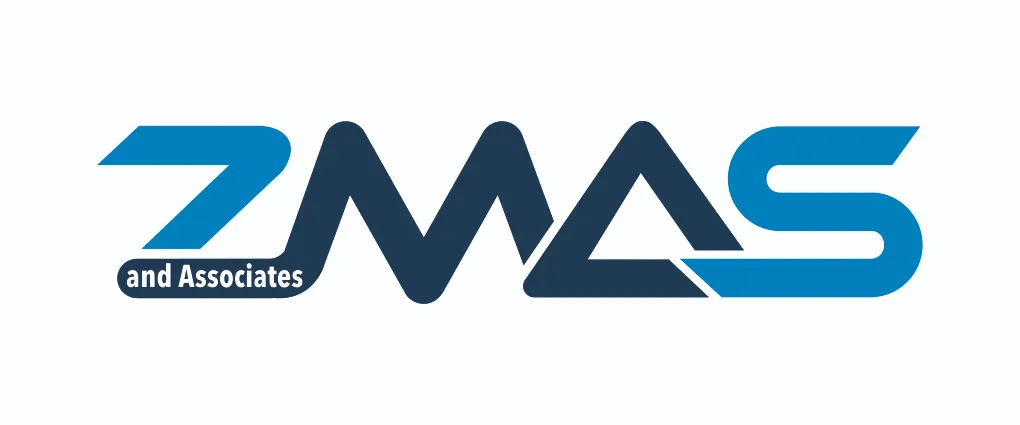Internal audit procedure immensely helps businesses to ensure the process; and whether the product quality is consistent as per the compliance requirement. However, a successful audit depends on sound planning, constructive involvement, and great communication. Following the proper internal audit process steps is important as it provides internal audit process steps for continuous improvement areas in the business or organization. There are various steps of internal audit that organizations should be aware of. Hence, we have shared a step-by-step guide for achieving a successful internal audit process.
Table of Contents
Planning
The planning process of most audit firms in India includes the auditor notifying the client of the audit, discussing the scope and objectives of the examination in a formal meeting with organization management, gathering information on important processes, evaluating existing controls, and planning the remaining steps.
Announcement letter
The client is then informed about the audit through an announcement or engagement letter from the Chief Audit Executive, which will communicate the scope and objectives of the audit and the auditors assigned to the project.
Initial meeting
One of the important audit process steps is the Initial meeting. It is an open conference meeting wherein the client (process owners) describes the unit or system to be reviewed, the organization, and available resources. The internal auditor meets the process owners directly during this meeting.
Preliminary survey
The internal audit service providers will conduct a survey that includes the auditor gathering relevant information about the unit in order to obtain a general overview of operations. The discussion occurs with the key personnel and reviews reports and files.
Internal control review
In this stage, the auditor will review the unit’s internal control structure. This is a time-consuming process wherein the auditor uses different tools and techniques to gather and analyze information. This helps determine the areas of high risks, and design tests are performed.
Audit program
This step concludes the preliminary review phase and outlines the fieldwork necessary to achieve the audit objectives.
Fieldwork
This includes transaction testing and informal communications. In this step, the auditor determines if the controls that are identified during the preliminary review are operating properly and correctly. The auditor will then prepare a draft of the audit report.
Transaction testing
Many of the audit firms in Mumbai perform transaction testing that includes evaluating the effectiveness of internal controls and the efficiency of processes and systems.
Advice and informal communications
The significant findings are discussed with the client, who can offer insights and work with the auditor to determine the best method of resolving the finding. These communications are usually oral.
Audit summary
Once the fieldwork is complete, the auditor summarizes the audit findings, conclusions, and recommendations necessary for the audit report discussion draft.
Working papers
Working papers are a vital tool as they form support of the audit opinion, which connects the client’s accounting records and financials with the auditor’s opinion.
Audit report
This is the final report in which opinions are expressed, the audit findings are presented, and improveme nts are discussed. At ZMAS, we use proprietary software to communicate audit findings and obtain responses from the client
Discussion draft
The audit working papers and discussion draft is thoroughly reviewed before it is presented to the client. It is prepared for the operating management of the unit and is submitted for the client’s review.
Exit conference
After the audit management approves the discussion draft, the auditor meets the unit’s management team to discuss the findings, recommendations, and text of the draft, and they reach an agreement on the audit findings.
Formal draft
In this step, the auditor prepares a formal draft by considering any revisions that result from the exit conference.
Final report
The auditor then distributes the final report to the unit’s operating management, reporting supervisor, and other authorities. At ZMAS, we issue reports through our software called RISE (Review, Implement, Sustain, and Elevate), where process owners can update responses and action status.
Client response
The final step allows the client to respond to the audit findings before issuing the final report. The client also updates the action status against each response and action plan.
Client comments
While reviewing the final report, the clients comment on the internal audit’s performance. They can add their response, feedback, or additional information to the provided report.
Audit follow-up
Internal audit should perform a follow-up review after a defined period of the final report. It helps to understand the actions taken and the results achieved by the client.
Follow-up review and follow-up report
Here the client response is reviewed, and the actions taken are tested to ensure that the results were achieved. This will conclude with a follow-up report listing the actions taken by the client to resolve the original report findings.
Internal audit annual report to the board
The various documentation, like the contents of the audit report, client response, and follow-up report, are communicated to the Audit Committee of the board.
These are the internal audit steps process followed to evaluate an organization’s operations, controls, and risks. By following the above-mentioned internal audit process steps, your organization can acquire valuable insights into its process, identify improvement areas and enhance its overall efficiency and effectiveness. Choosing an auditor that precisely executes the internal audit process contributes to better risk management, increases accountability, and strengthens corporate governance. If you are looking for a reliable auditor for the internal audit process of your organization, you can partner with Zmas. We provide internal audit services that are designed to meet the company’s needs that are moving ahead on the growth path.
Get in touch with us today to discuss your internal audit needs for your organization!


Recent Comments